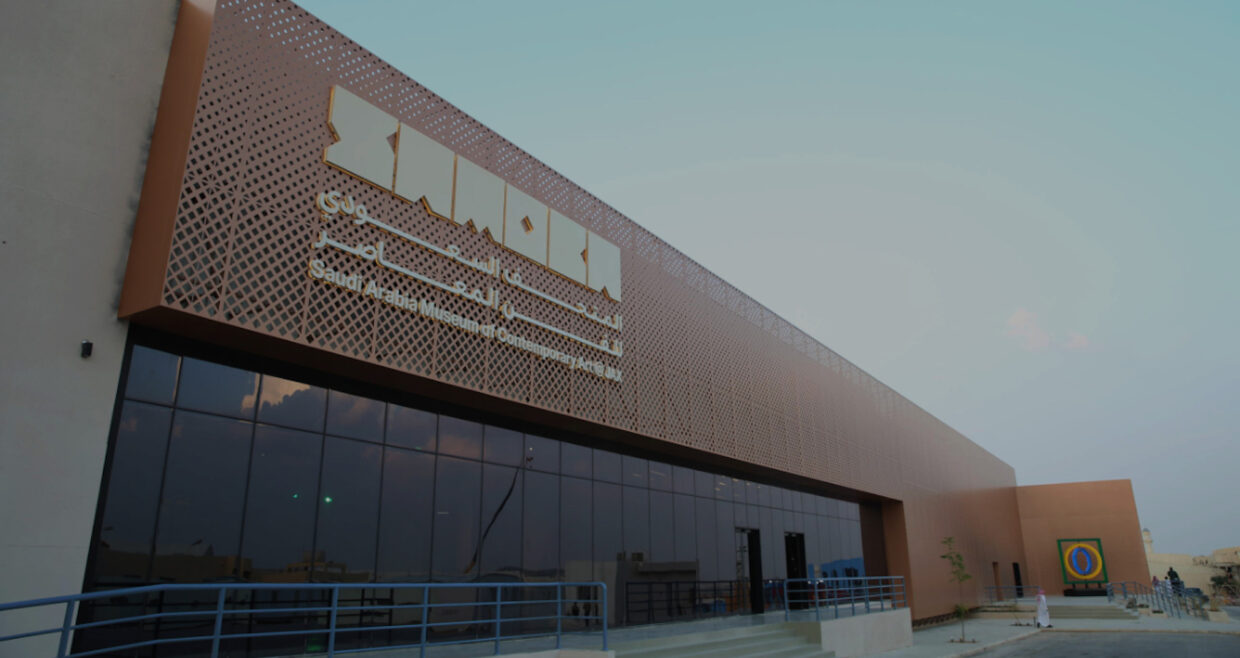|
Getting your Trinity Audio player ready...
|
In Saudi Arabia, a dramatic cultural transformation is underway, particularly visible in Riyadh’s vibrant art scene. The epicenter of this change is the Museum of Contemporary Art (SAMOCA), located in the historic Diriyah district, now a burgeoning hub for creativity and art. This development is part of Crown Prince Mohammed bin Salman’s Vision 2030, a strategic framework to reduce the nation’s dependence on oil by diversifying its economy.
The annual Noor Riyadh festival, a celebration of light-based art, showcases works from Saudi and international artists, highlighting the city’s emerging role as a cultural metropolis. This is one facet of Riyadh’s broader push towards global prominence, marked by bids to host major events like the 2034 World Cup and the World Expo 2030.
International collaborations are also blossoming, as evidenced by the planned contemporary art space in AlUla, a joint effort between France’s Centre Pompidou and the Royal Commission for AlUla. Upcoming events like Desert X AlUla and the Diriyah Biennale further signal the kingdom’s commitment to fostering a rich cultural landscape.
The array of projects in Saudi Arabia, though complex, is underpinned by key organizations. The Museums Commission, led by Saudi-American art historian Mona Khazindar, is responsible for SAMOCA and the upcoming museum for modern and contemporary art. The Diriyah Biennale Foundation, in partnership with ROSHN, reflects the intertwining of cultural and developmental aspirations.
The ATHR Foundation, an offshoot of Jeddah’s ATHR gallery, recently showcased its Young Saudi Artists Exhibition, affirming its role in nurturing local talent and shaping the cultural sector. Among the standout artworks is Julius von Bismarck’s “Fühlometer,” a dynamic installation in the King Abdullah Financial District that uses surveillance data to reflect the city’s mood. Similarly, Bruno Ribeiro’s installation in Wadi Hanifah park juxtaposes the nation’s oil legacy with its cultural aspirations.
Close to these artistic endeavors is “The Line,” a proposed futuristic linear city in the NEOM project, representing Saudi Arabia’s vision of a sustainable, post-oil future. This ambitious initiative, juxtaposed with the country’s current oil-driven economy, highlights the kingdom’s complex journey towards diversification.
As Saudi Arabia hosts international events and engages in climate negotiations, its evolving cultural landscape presents a vivid tableau of a nation straddling its rich heritage and a future-oriented vision. The kingdom’s strategy of using its oil wealth to fund its transition into a diversified economy underscores the intricate balance it seeks to achieve in the coming years.



